Bees manufacture a natural byproduct through their pollination mission. Although less known than honey, we utilise beeswax across industries. If you don’t know about the different kinds yet, you can learn more here. Today, we want to give you insights into the heaps of useful applications on how to use beeswax. Of course, it also proves very useful when it comes to food.
How to Use Beeswax
Beeswax comes in handy to seal things or make them waterproof. It is used to make candles and in aromatherapy. The pliable material is also useful in cosmetics, since it is good for your skin and hair. Next to that, it has therapeutic properties and is known to be effective in healing bruises, inflammation and even burns.
Beeswax in the Food Industry
Beeswax plays different roles in the food industry too. You can find it in chewing gum or as a food additive named E901. E901 serves to glaze fruits and other food products. It protects the surface and prevents the loss of water from the product, thus keeping them visually appealing and seemingly fresher for longer. The wax is also used to coat cheese and create an air-tight seal to prevent harmful bacteria from growing while the cheese is ageing. Nowadays, it is becoming more and more popular as well for food storing, in the form of reusable wraps. You can read more on wrapping food with beeswax wraps here.
So we’ve seen, beeswax is as useful as honey, if not more. Its many applications show us again how precious our little bees are, essential to our planet. Have you tried working with beeswax? We’d love to hear from you!
Written by Elise Coudré and edited by Jashan Sippy.
We work with ethical honey producers and source local honey for our partner events and experiences.
Let’s grab a (virtual) spoonful of honey and discuss how we can work with you. Contact us.
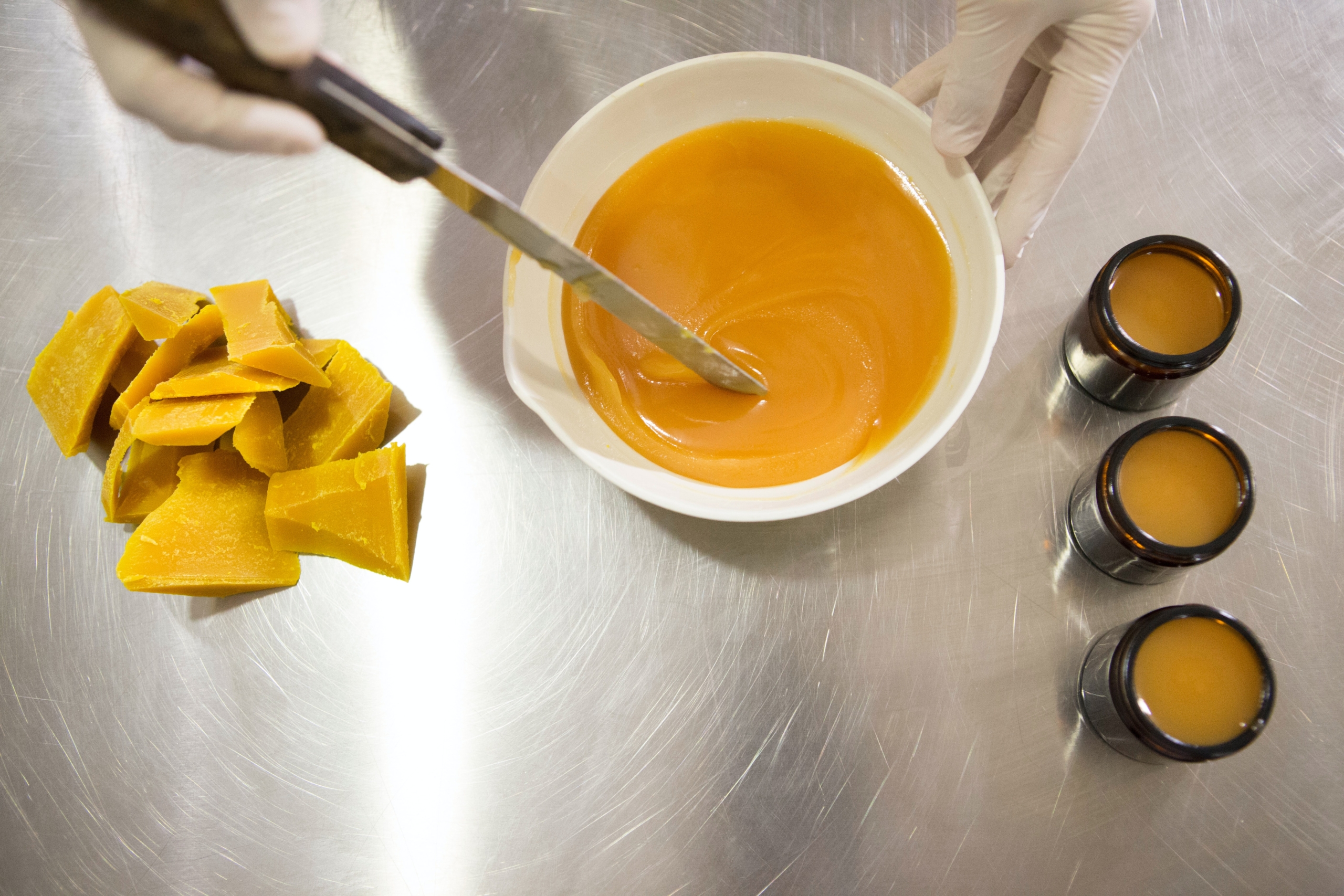
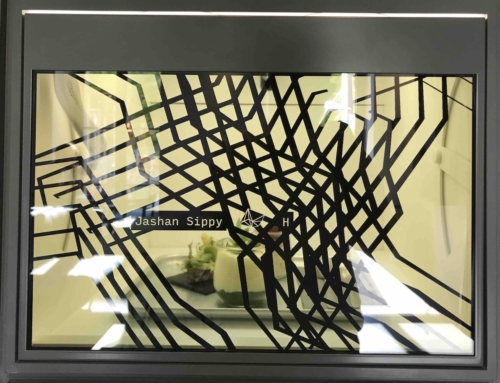

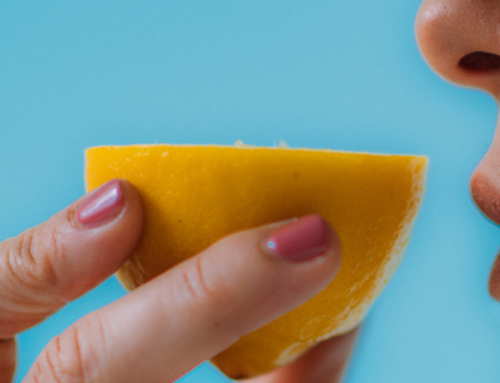
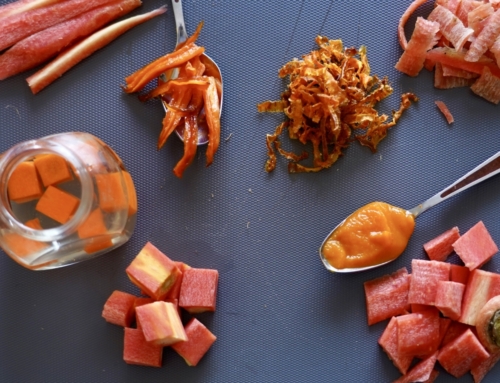

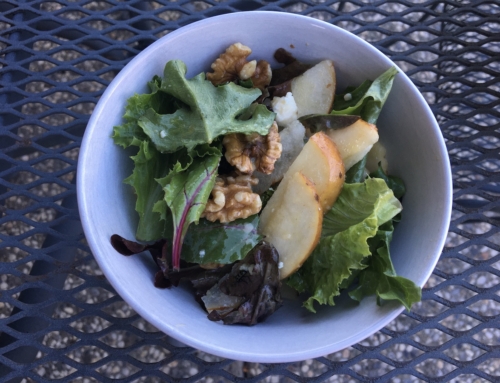
Leave A Comment